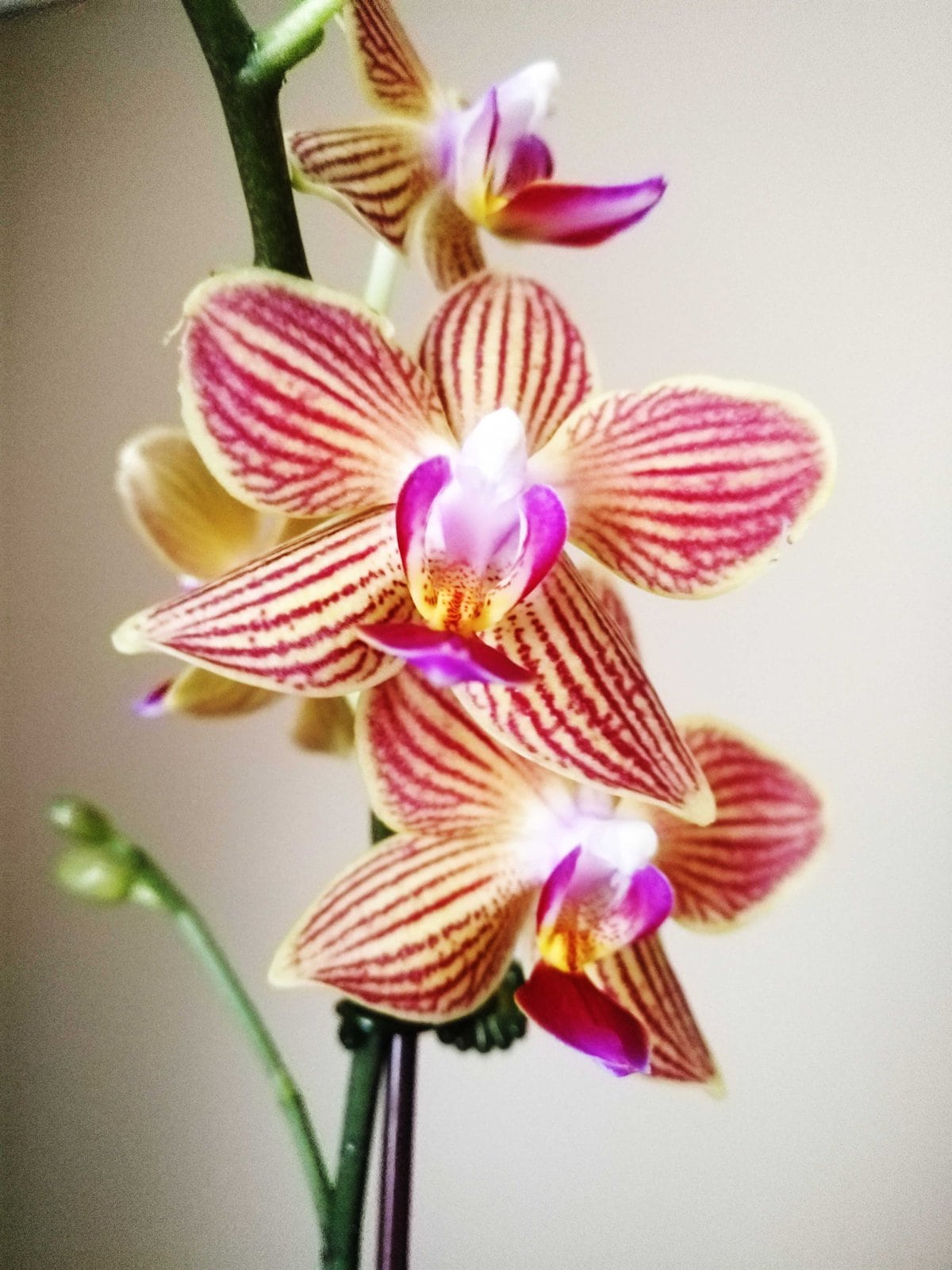As we wait for spring to arrive — and for the time to get back out into our gardens — we can get our plant fixes by tending to our indoor plants.
Winter can be a tough time for our houseplants. Plants were never intended to live inside buildings, especially in our climate.
With the low light levels and shorter hours of daylight, our plants’ rate of growth and productivity are limited.
So, how can we keep them looking good?
The first way to help them out is to move them closer to a light source.
Because there is naturally less light in winter, it is beneficial to move your plants a bit closer to the window, so that they can receive similar light conditions as they would in spring and summer.
Of course, all plants thrive in different light levels, so you need to consider that as well.
Plants like a peace lily or orchid do best in a brightly lit area, but away from direct sunlight, whereas an ivy and cast iron plant can tolerate very low light levels.
So, make sure you know what light level your plant requires and make sure you move them closer to windows in winter.
Another helpful tip to keep your indoor plants thriving throughout the winter is to cut back on the watering that you normally do.
Because they are receiving less light, the plants are not growing as vigorously and therefore require less water.
We tend to overwater our plants more than we underwater them.
Make sure that the top inch or so of soil is dry before adding more water.
How much water is required depends on the plant, the size of the pot and how much light it receives.
If you have difficulty telling, you can purchase an inexpensive moisture meter to help you out.
As spring approaches and days grow longer and light levels increase, you can increase your watering and decrease the length in between watering times.
When you think about it, most of the plants we have indoors are from a tropical climate.
It only stands to reason that they prefer to grow in a location where there are short, regular morning showers.
This creates an atmosphere with higher humidity levels.
The air inside our heated homes tends to be drier in winter months.
Houseplants grow best when humidity levels are between 40 to 50 per cent, but wintertime humidity levels are typically 20 to 30 per cent inside homes – sometimes lower.
A simple way to ramp up the humidity around plants is to cluster them together.
Water evaporating from the potting soil, as well as water lost naturally through the leaves, will raise the relative humidity right around your plants.
Another easy method to increase humidity is to place plant trays filled with pebbles and water underneath the plants.
The bottoms of the pots should be above the water level to avoid root rot.
As the water evaporates, it creates a more humid microclimate for your houseplants.
Misting plants is not as effective when wanting to increase humidity. Studies have found that misting would have to be done many times a day to raise the humidity level enough to make a difference.
To make the most of the limited winter sunlight levels, make sure that leaves are free of dust and grime.
You can do this by wiping down the leaves with a damp cloth or sponge or even setting them in the shower for a quick rinse-off.
Resist repotting your plants in early winter.
Plants take well to repotting when they are actively growing. That’s why spring and summer are the best times to repot them.
Repotting the plants when they are in a resting state can shock dormant indoor plants.
You can tell when a plant needs repotting by tapping the pot off and seeing if the roots are tightly circling on the outside of the root ball or if the soil is pulled away from the inside edge of the pot and water runs straight through.
Cut back leggy plants in late winter or early spring.
As the days are lengthening and the sunlight becomes stronger your plants will begin to grow more.
The best time to prune back indoor plants is just before a growth spurt.
This will help to increase the branching creating a denser plant.
Joanne Young is a Niagara-on-the-Lake garden expert and coach. See her website at joanneyoung.ca











